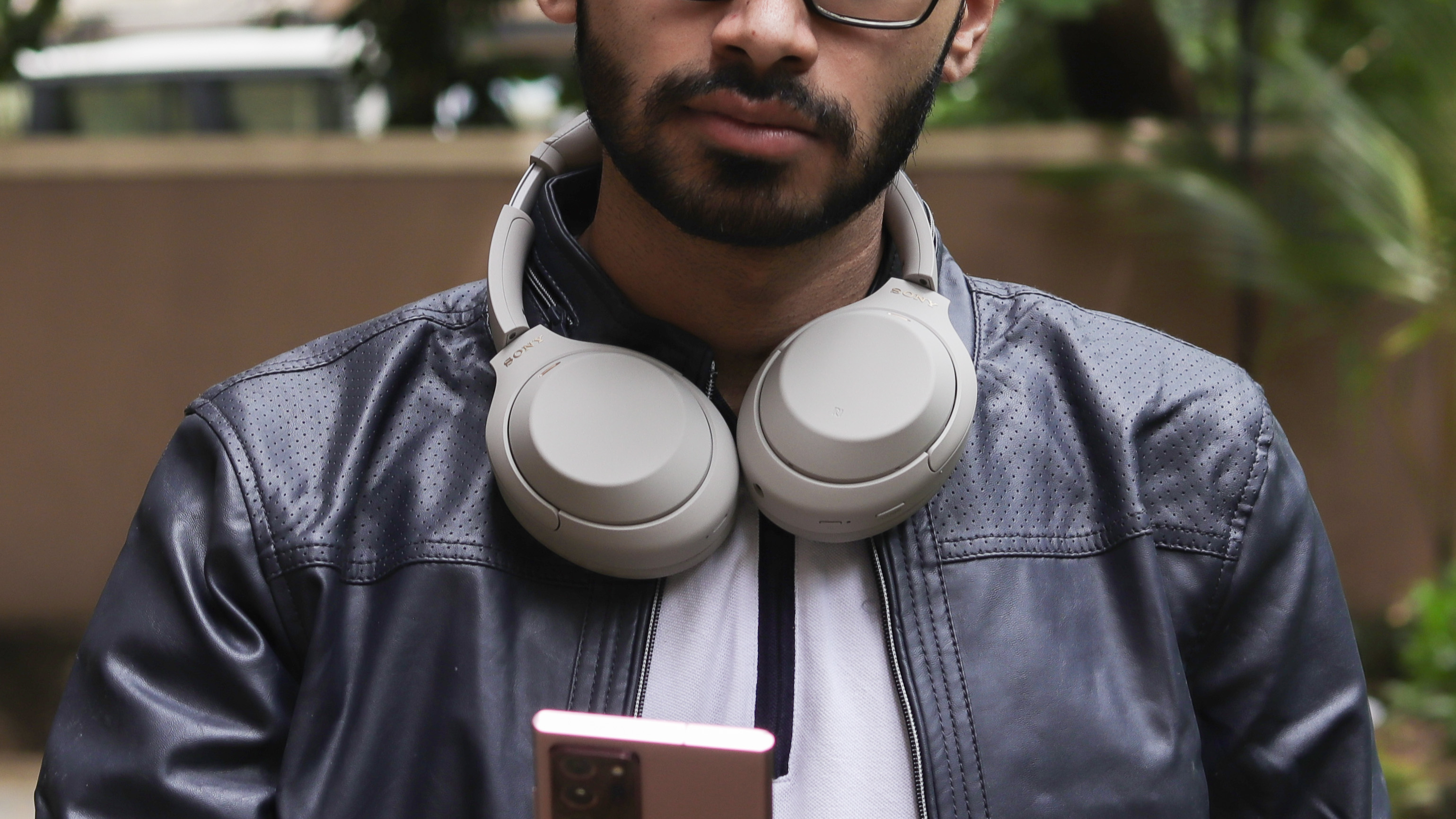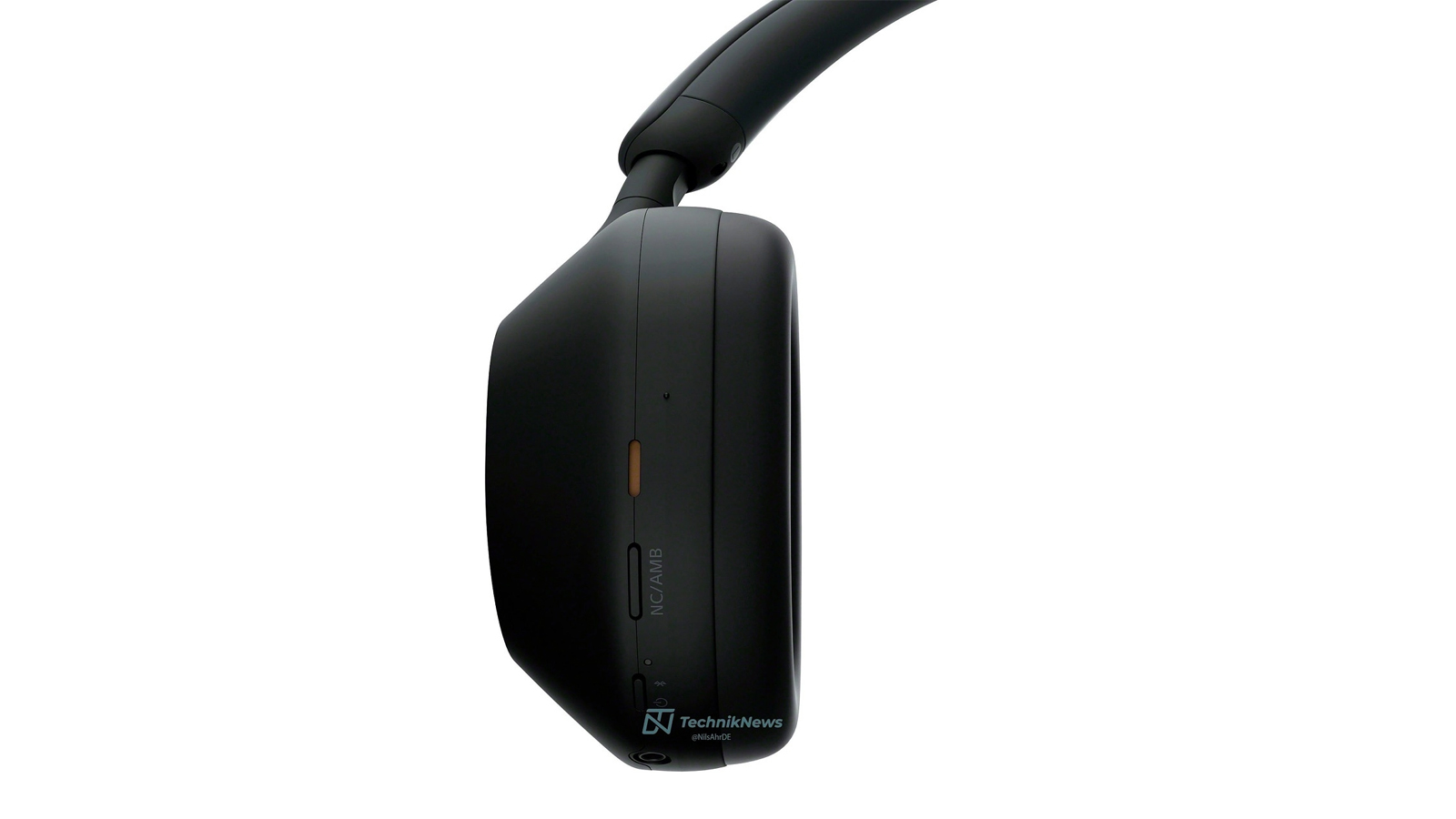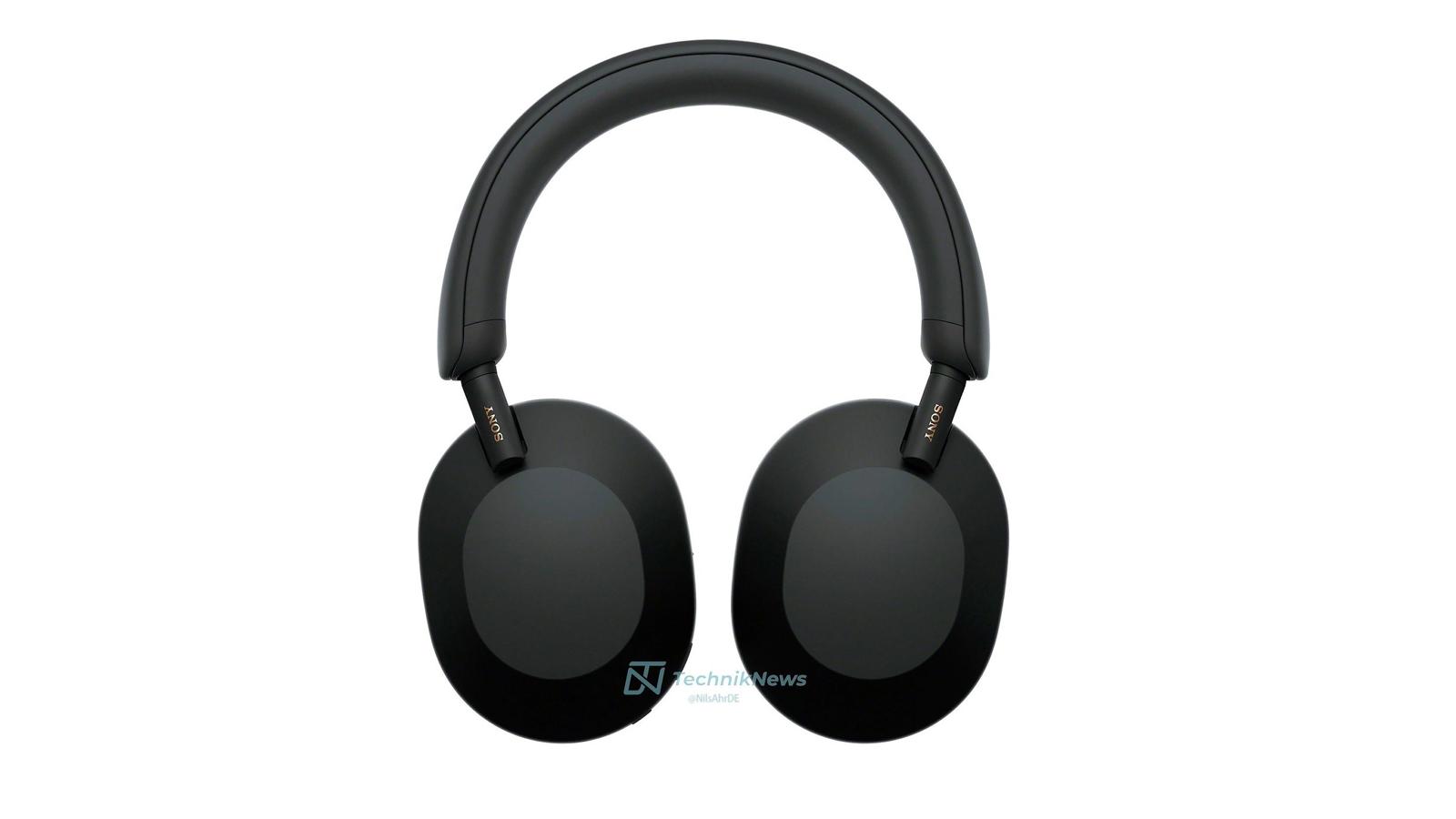5 big upgrades in the Sony WH-1000XM5 leak… and 1 downgrade
Better sound, smarter noise cancellation, more battery life… but worse for traveling?

We've been anticipating the launch of the Sony WH-1000XM5 headphones this year, and it looks like we won't have to wait much longer: a big leak has revealed their expected look and new features.
The Sony WH-1000XM4 have dominated our list of the best headphones since their launch, but those were a pretty subtle update over their predecessor – the design was barely changed, and they used a lot of the same features.
The Sony WH-1000XM5 look like a more radical upgrade, though… in fact, from what we're seeing so far, there may not be a single thing that'll be carried over from the last model to this one.
So here are the five key upgrades you need to know about based on the big leak, and one area where it looks like the new headphones will actually be less useful.
1. Niftier noise cancellation
This is the big upgrade you'd hope for from Sony headphones, and it sounds (ahem) like the WH-1000XM5 will deliver. The original leak said that Sony will use two dedicated chips for active noise cancellation here, and I'd expect them to feature a similar design to the Sony V1 integrated system first used in the Sony WF-1000XM4.
Why is the Sony V1 good? It compresses a bunch of different chips into one package, including wireless connectivity, signal processing and the digital-to-analogue conversion needed to actually create sound from the drivers. Integrating these chips together reduces the lag that happens when you you pass information from one chip to another, and this can really help with improving active noise cancellation: the noise cancellation system needs to 'hear' what's going on around you before it can compensate for it – it's always reactive. And the faster it can react, the less sound will leak through before it kicks into gear.
I also expect Sony to use a different driver design that's more dynamic – but we'll come back to that in a moment.

2. Cooler looks
The Sony WH-1000XM4 don't look bad by any means, but with their flowing, wraparound plastic, they're not quite following the more modern headphone design trend you see from the likes of the Bose noise cancelling headphones 700 or Apple AirPods Max.
Get daily insight, inspiration and deals in your inbox
Sign up for breaking news, reviews, opinion, top tech deals, and more.
The new look that leaked in the images above takes a big step towards a simpler design – you now have a uniformly round headband all the way along, a simple pole where it connects to the earcup, and a super-plain and symmetrical design for the earcups themselves.
I think it looks great – I don't mind the busier design of the current models at all, but this really looks like a next-gen model, whereas the XM4 barely tweaked the look from the XM3.
The only thing I'm a bit disappointed with is that apparently it'll come in the same colors as before: black and a kind of putty-like gray shade. Hasn't anyone told Sony we're in the era of colorful tech now?

3. Better sound
As you'd expect, the leak says we'll get better sound from the new model, but there isn't much in the way of specifics. But here's what my money's on: it'll mostly come from the more dynamic driver mentioned above.
When we talk about a speaker driver being more dynamic, we basically mean that it can change its movement more quickly than one that's less dynamic. Speaker drivers work by vibrating back and forth, shifting air, and they have to keep changing the type of movement to create different sounds. Like anything that moves, they build up momentum when moving – and too much momentum makes it hard to change direction quickly – just ask anyone with an SUV.
A more dynamic driver can respond more quickly to changes in the music, which helps it to reveal more detail (because it can respond to the need for subtle sounds more easily) – and this provides better sound quality. You'll hear more detail in the exact same music streams.
And the more dynamic a driver is, the better it will be for active noise cancellation, because the headphones are constantly monitoring and tweaking the sound in order to cancel the noise around you. Again, a more dynamic driver responds quicker, so more noise is successfully blocked.
More dynamic drivers are also better for Spatial Audio (for the exact reasons covered above), and with Sony still pushing its 360 Reality Audio tech, it would make sense for it to use speaker tech that's better for this purpose too. So that's why I expect a new driver to, er, drive the improvements here.
4. Even bigger battery life
The XM5 leak says we can expect 40 hours of battery life from the new model, which is a big leap from the 30 hours the XM4 offer.
Giant battery life is become more and more common among top headphones, no doubt partly because of models like Sony's setting a high standard. So it's nice to see that Sony is likely going to keep up with the pace.
And note that it's 40 hours with ANC turned on, reportedly – it'll be even longer with it turned off.

5. Better Bluetooth
The XM5 will apparently include support for Bluetooth 5.2, which provides a few nice upgrades, but the two you're mostly likely to benefit from are support for a new lower-energy codec, meaning you could listen in standard streaming quality while using less battery life (and I suspect that this isn't counted towards the 40-hour battery life, so it may prolong that even further); and the ability for the headphones to connect to multiple devices at the same time.
Note, with the second one there I don't mean to pair with multiple devices at once. That's old news. The headphones will actually maintain a connection with your laptop and phone at the same time, so if you need to switch between them, it'd be instant. No reconnection and awkward pause required.
But… no more folding
I've already mentioned that I love the new look being promised here, but there is a major downside to the design change (for me, at least): they won't fold any more. You'll still get a travel case, but it's larger than the case for the old model.
It's not a dealbreaker in any way, but I think it's a genuine step backwards for a pair of headphones that are made for travel to lose their ability to fold down smaller. I make use of this pretty every time I go anywhere with them – especially when flying.
But I've also spoken to other headphones nerds about it, and not everyone feels the same about the need to fold. Still, it's a shame that it won't even be an option for people like me.
- While we wait for the full reveal of the Sony WH-1000XM5, don't forget to check out more of the best noise-cancelling headphones in the meantime.

Matt is TechRadar's Managing Editor for Entertainment, meaning he's in charge of persuading our team of writers and reviewers to watch the latest TV shows and movies on gorgeous TVs and listen to fantastic speakers and headphones. It's a tough task, as you can imagine. Matt has over a decade of experience in tech publishing, and previously ran the TV & audio coverage for our colleagues at T3.com, and before that he edited T3 magazine. During his career, he's also contributed to places as varied as Creative Bloq, PC Gamer, PetsRadar, MacLife, and Edge. TV and movie nerdism is his speciality, and he goes to the cinema three times a week. He's always happy to explain the virtues of Dolby Vision over a drink, but he might need to use props, like he's explaining the offside rule.